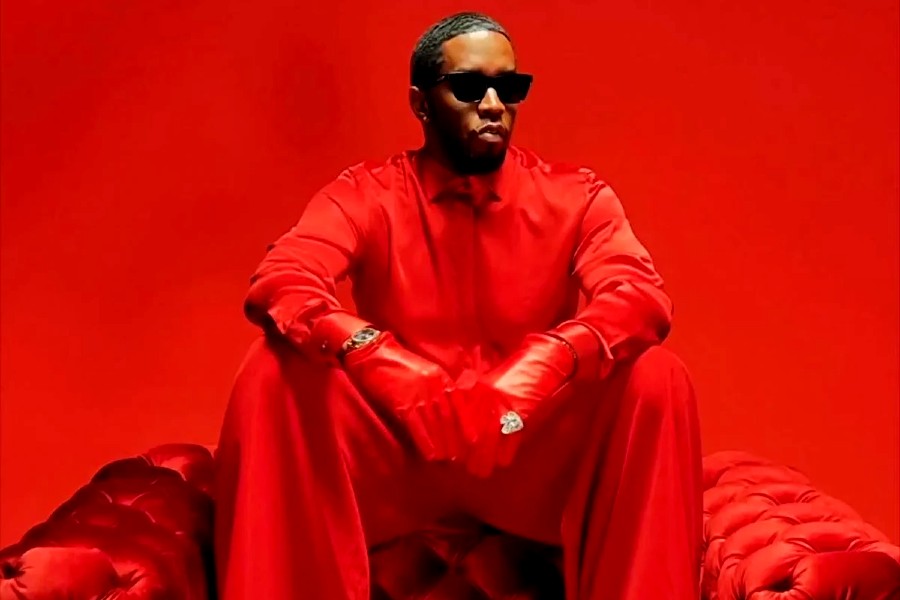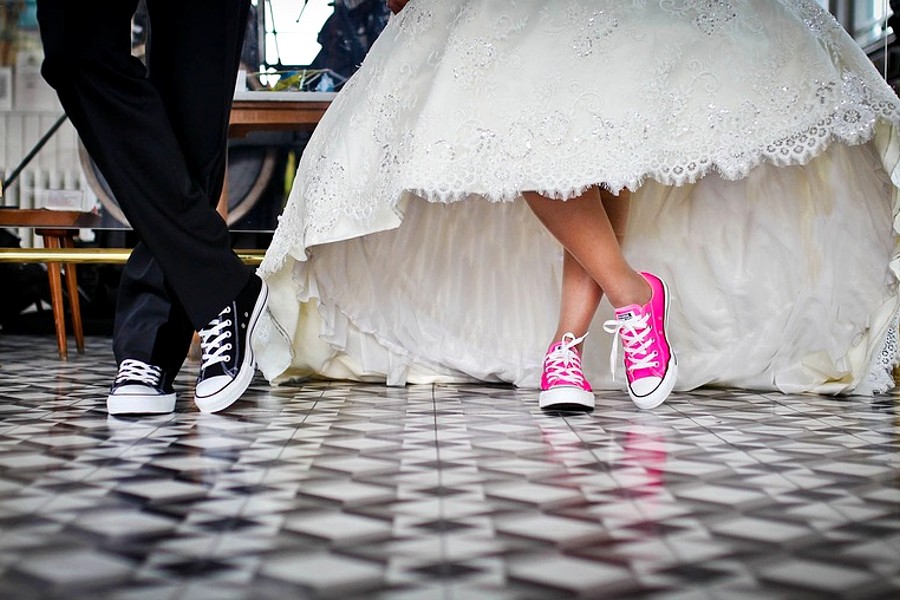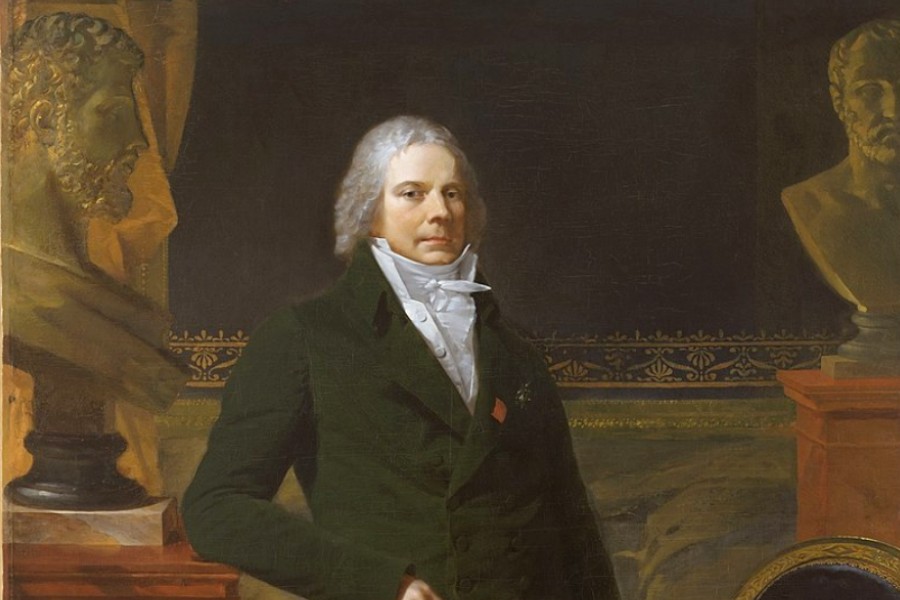
Even prior to her involvement with the Metropolitan Museum of Art, curator Denise Murrell had been envisioning an exhibition that would honor the Harlem Renaissance.
This exhibition aimed to bring together Black artists who were dedicated to what she termed “radical modernity,” spanning from New York to Paris and beyond.
In an announcement on Tuesday, the museum unveiled the very exhibition that Murrell had been conceptualizing: “The Harlem Renaissance and Transatlantic Modernism.” Scheduled to debut on February 25 and run until July 28, 2024, the exhibition promises a rich collection of paintings sourced from historically Black colleges and universities across the nation. This event is set to be New York’s first comprehensive survey in almost four decades dedicated to one of the most influential artistic movements originating in the United States during the early 20th century.
Denise Murrell, who became a part of the Met in 2020 and now serves as its curator at large, emphasized the significance of Harlem artists becoming pioneers of modern life within their own communities. She highlighted how this artistic endeavor was revolutionary, demonstrated by their dignified portrayals of elderly Black women who had experienced enslavement. Such representations, she noted, were unprecedented in previous eras.
The major museums largely began to collect such works many years after the Harlem Renaissance, a period spanning roughly from 1918 to 1937. The Met’s own collection reflects this patchy acquisition history, with some pieces obtained in the 1940s and more recently within the last 15 years. Nonetheless, this forthcoming exhibition will feature important works by notable artists such as Samuel Joseph Brown Jr. and Charles Henry Alston. A significant portion of these cultural treasures found their way into private collections and historically Black colleges and universities.

Murrell dedicated two years to collaborating with these institutions on conservation and archival research endeavors, resulting in substantial loans from institutions like Howard University, Fisk University, Hampton University, and Clark Atlanta University for the “Harlem Renaissance” exhibition.
A selection of artworks is currently undergoing conservation at the Met’s studio, and preparations for the exhibition include capturing new photographs of artworks from various cities worldwide. The exhibition will provide special attention to overlooked female artists such as Laura Wheeler Waring, whose portraits deeply explore the inner lives of women.
A notable piece within the exhibition is the 1943 painting “Woman in Blue” by William H. Johnson, an artist who spent time in Europe during the 1920s and 1930s studying modernism. His return to New York in 1947 followed a period of mental struggle after the death of his wife in Denmark. Johnson’s life took a tragic turn as he was confined to Central Islip State Hospital on Long Island, where he remained unable to paint until his passing in 1970.
Murrell revealed that the portrait of a pensive woman, her arm draped over a chair, is a rare sight. Despite an earlier study of the picture being housed at the Smithsonian American Art Museum, the painting itself rarely saw the light of exhibition. This masterpiece will serve as the exhibition’s emblematic image.
The Met’s support enabled the restoration of the painting, which was previously marred by large cracks, facilitating its travel beyond the university.
Murrell envisions “Harlem Renaissance” as the commencement of enduring partnerships between the Met and historically Black colleges and universities, aimed at preserving and showcasing their collections on a national scale.
However, the exhibition carries some historical weight for the Met. The museum’s 1969 exhibition “Harlem on My Mind” sparked vehement protests for its omission of Black painters and sculptors in favor of newspaper clippings and documentary photographs. While this new exhibition isn’t a direct response, Murrell intends to address this legacy by including works from James Van Der Zee, a prominent photographer of the Harlem Renaissance whose pieces were featured in the 1969 show. Many of these photographs come from an archive obtained from the artist’s widow in 2021 by the Met and the Studio Museum in Harlem. The exhibition will also highlight mediums such as painting and sculpture, which were previously overlooked. This encompasses Augusta Savage, a sculptor who established the Savage Studio of Arts and Crafts in 1931, training over 1,500 students, including Charles Alston, Jacob Lawrence, and Gwendolyn Knight Lawrence.

According to the museum, this marks New York’s first comprehensive survey of the Harlem Renaissance since 1987, when the Studio Museum in Harlem presented its own exhibition.
Murrell’s ambition is to present the full spectrum of this movement’s thought and creativity. She emphasizes that this moment in art history witnessed a group of African-American artists dedicating their careers to portraying modern Black life in a contemporary manner, despite the absence of institutional or market support.
Photo credit: James Van Der Zee. 2) Archibald J. Motley Jr.. 3) Samuel Joseph Brown Jr.
- The Pros And Cons Of Major Types Of Grills
- Los Angeles: Yuletide Cinemaland, A Festive Celebration Of Holiday Spirit
- French Heritage Society Fêtes Reopening Of Notre-Dame Cathedral At “Celestial Ball” In New York
- How Debris In A Construction Site can Cause Accidents. What You Can Do
- Harlem’s Diddy’s Mansion Gets Discounted Bid Amid Legal Storm
Become a Harlem Insider!
By submitting this form, you are consenting to receive marketing emails from: . You can revoke your consent to receive emails at any time by using the SafeUnsubscribe® link, found at the bottom of every email. Emails are serviced by Constant Contact









